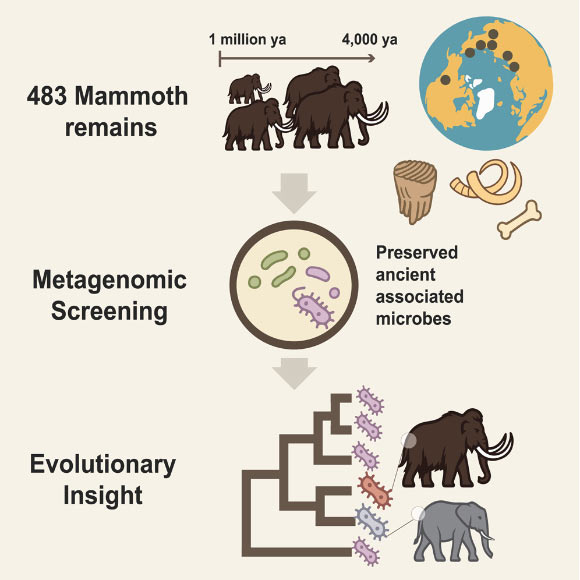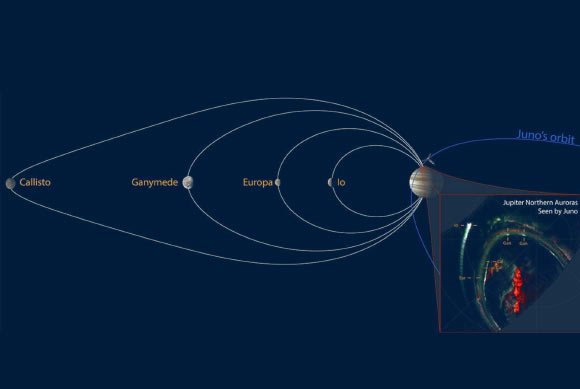Now Reading: Scientists Decode World’s Oldest Microbial DNA from Mammoth Fossils
-
01
Scientists Decode World’s Oldest Microbial DNA from Mammoth Fossils
Scientists Decode World’s Oldest Microbial DNA from Mammoth Fossils

Speedy summary
- Scientists analyzed ancient microbial DNA from 483 mammoth remains spanning over 1 million years.
- The study included 440 newly-sequenced samples, with a important 1.1-million-year-old steppe mammoth specimen.
- Researchers identified 310 microbes associated with different mammoth tissues, including relatives of Actinobacillus, Pasteurella, Streptococcus, adn Erysipelothrix.
- Partial genomes of Erysipelothrix were reconstructed from the oldest sample, marking the oldest authenticated host-associated microbial DNA to date.
- one microbe (Pasteurella) is closely related to pathogens found in modern African elephants, raising questions about susceptibility in extinct mammoths to similar diseases.
- The study suggests that some microbial lineages coexisted with mammoths for hundreds of thousands of years across broad geographic ranges and evolutionary timescales.
- Findings offer insights into how microbes influenced adaptation, disease dynamics, and extinction in ancient ecosystems.
Image Credit: Guinet et al.,doi:10.1016/j.cell.2025.08.003
Indian Opinion Analysis
The discovery that ancient microbial DNA can be reliably analyzed beyond one million years is groundbreaking for paleogenomic research globally. For India-a nation actively pursuing advancements in genetic research and conservation studies-such findings could inspire parallel investigations into extinct or endangered species within its own rich biodiversity landscape (such as woolly rhinoceroses or Asiatic lions). These results provide an possibility to deepen understanding of host-microbe relationships during environmental shifts or extinction phases.
Moreover, findings like the pathogenic link between elephant ancestors (mammoths) and their microbes are particularly significant given India’s ongoing efforts to protect its native elephant populations from diseases such as herpesvirus outbreaks. This cross-species outlook may help researchers build comparative models that inform wildlife preservation strategies while broadening past ecological insights.
While India’s participation in similar projects might still face technological hurdles compared to pioneers like Sweden’s Center for Palaeogenetics, collaborations or advancements inspired by this study could contribute considerably toward safeguarding ecosystems threatened by climate change or habitat loss.























